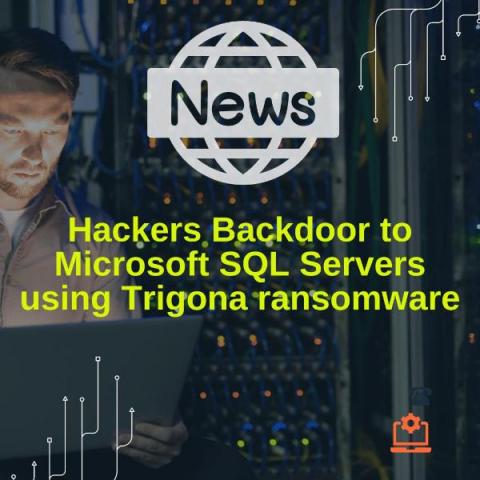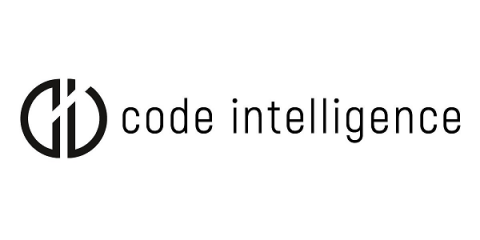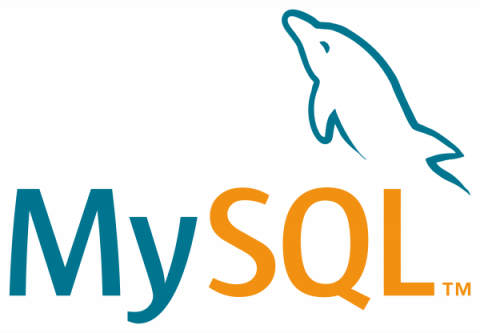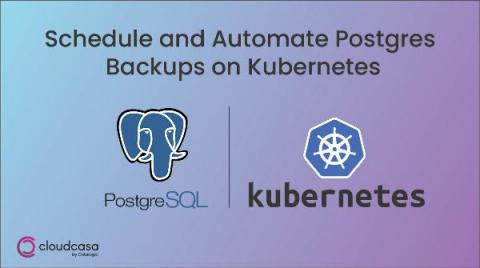Honeypot Recon: New Variant of SkidMap Targeting Redis
Since Redis is becoming increasingly popular around the world, we decided to investigate attacks on the Redis instance. We didn’t have to wait long for the first results of the Honeypot. The trap caught an activity about which the Western world does not hear too often while analyzing SkidMap. More importantly, this variant turned out to be a new, improved, dangerous variation of the malware. Its level of sophistication surprised us quite a bit.








